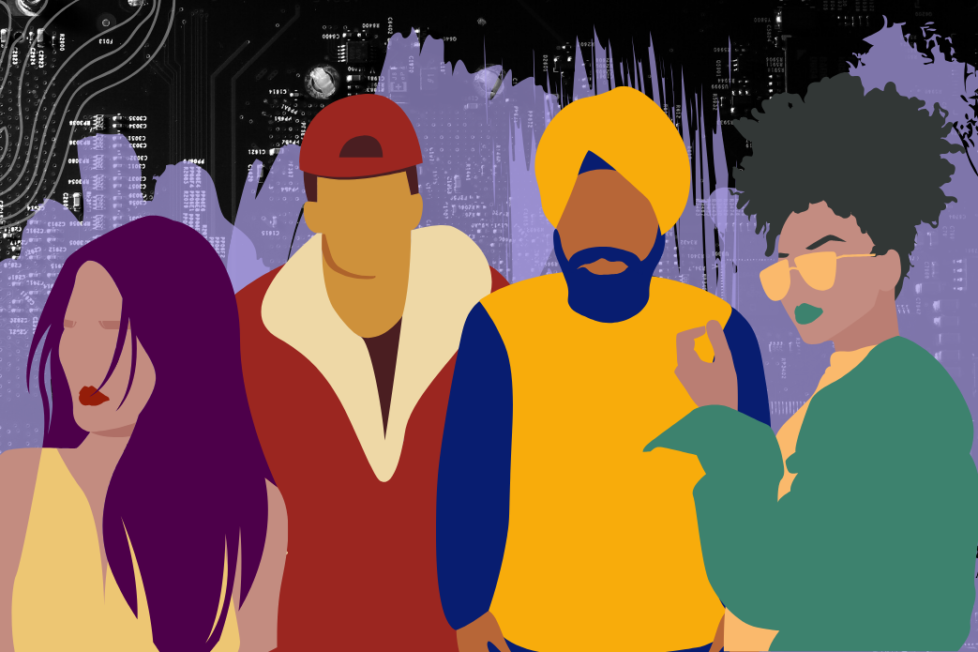New report signifies a widening digital gap that’s putting workers of colour at risk

Experts have been sounding the alarm on a widening digital knowledge gap for years, with technological advances creating a global talent divide that’s more than doubled in the past decade.
Some employers are taking preventative measures. Last summer, Amazon announced plans to invest US$700 million to retrain 100,000 employees – or a third of its U.S. workforce – in new technologies in a bid to remain competitive.
The initiative — called Upskilling 2025 — aims to offer its employees access to six different programs that focus on a variety of tech skills, like machine learning and software engineering.
Now, a new analysis from the National Skills Coalition (NSC) identifies five industry sectors where the gap appears to be the most pronounced.
Those sectors, according to the NSC, are:
Manufacturing: Where 35 per cent of workers have limited to no digital skills. “These skill gaps are especially problematic in the modern environments of advanced and precision manufacturing,” the NSC says.
“Workers must be able to use tools such as 3D printers on the shop floor, monitor and interpret data from sensors throughout a manufacturing facility, and even use “wearable tech” to receive in-the-moment training through virtual reality.”
Health and social work: Where 33 per cent of industry workers have limited to no digital skills. This industry’s growing reliance on technology has become even more apparent during the COVID-19 pandemic, where countries are using digital data to coordinate containment efforts and share research.
Hospitality: Where 36 per cent of workers are said to have limited digital skills. The trend is troubling, given the rise in online food, hotel, and travel campaigns and a steady increase in hospitality-themed apps, like Uber Eats, and digital booking software.
Retail: Where more than one-third (37 per cent) of workers have limited digital skills, despite rising demand for digital marketing expertise.
Construction: Where 50 per cent of workers have limited to no digital skills. “Yet these workers have seen rapid increases in the digital demands of their jobs in recent years, from construction workers who now use drones to collect surveying data on building sites to bus drivers who are required to complete online safety training modules,” the NSC says.
NSC’s analysis suggests workers of colour are “over-represented” in the gap group.
Despite comprising 12 per cent of the U.S. workforce, black employees represent 21 per cent of workers with limited digital skills, while 35 per cent of Latinx workers say they have no digital skills.
Asian American and Pacific Islander workers, who represent 5 per cent of the total workforce, make up about 4 per cent of workers with no digital skills, and 7 per cent with limited skills.
Approximately 33 per cent of all immigrant workers have no digital skills and 29 per cent have limited skills.
“Data on Native Americans and multi-racial individuals, however, is unavailable due to low sample size,” the NSC says.
White workers appear to be the least likely to lack digital literacy.
This group makes up 67 per cent of the workforce, but only 44 per cent of employees with no digital skills and 50 per cent of employees with limited digital skills.
“Decades of intentional public policies created the structural inequities in our country, and that’s why public policy must be an integral part of the solution,” Amanda Bergson-Shilcock, Senior Fellow at National Skills Coalition, said in a statement.
“Federal and state policymakers can act by investing in upskilling for workers and ensuring that workers of colour benefit equitably from those investments. This requires that outcome data be disaggregated by race and ethnicity so that policymakers and advocates can identify where there are springboards or bottlenecks in workforce and education systems that are supporting or hindering racial equity in digital skill-building.”
